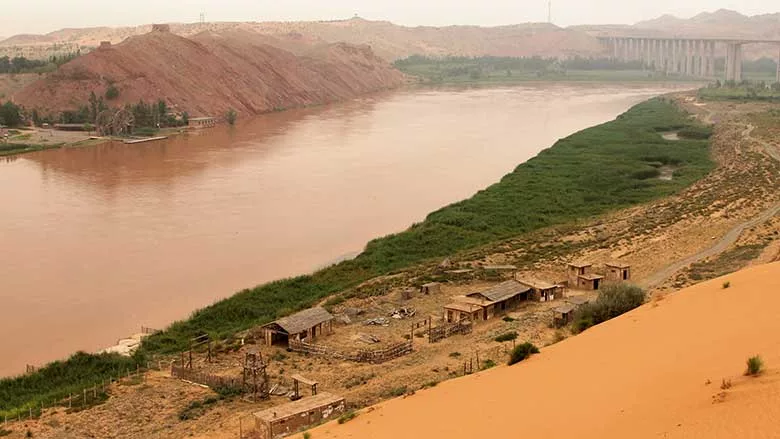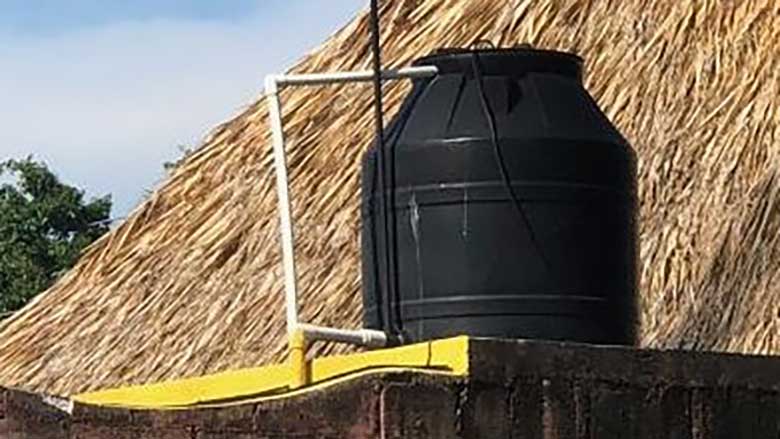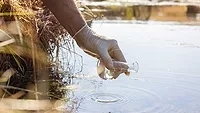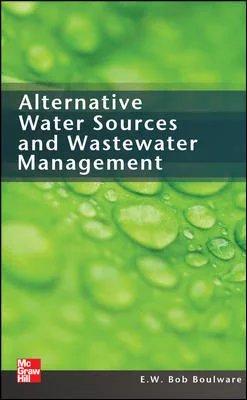Guest Editorial | David Ratliff
Water shortages series: The water scarcity situation
Part Two in a series exploring water shortages and possible solutions.

Image courtesy of katoosha / iStock / Getty Images Plus.
I once had someone tell me “I don’t care where water comes from as long as it comes out of that faucet when I turn it on.”
I know of nothing taken for granted more than water — that is until it doesn’t come out of the faucet. Back in my younger days of self-employment and running service calls in Arkansas, occasionally we would have a hard freeze. This resulted in thousands of people without water. Whenever this happened, I would have a few people demand immediate service regardless of the cost even though their water might and frequently thawed the following day.
Water is the very essence of life. Three days without water can lead to death. For some in the USA, water is no longer flowing freely from some of our faucets. Leaders in Scottsdale and Hattiesburg have turned off the tap. Looking at just our country, we are facing water shortages in eight states including Idaho. The demand put on the Colorado basin by the extended drought has greatly reduced the availability of life’s most precious resource. Thirty million people in the U.S. and Mexico depend on the Colorado River for water.
 Shared technology plus education are key components to the solution of clean water.
Shared technology plus education are key components to the solution of clean water.
California’s population of over 30 million people is comparable to the entirety of Canada. Though California has the Sacramento River and desalination plants, their demand for water has caused restrictions of water usage. California produces a large percentage of the fruits and vegetables for the U.S. If California farmers don’t have access to water, we will not have access to produce. A Google search predicts the world runs out of clean drinking water in 16 years. Every time we experience a hurricane, our shelves are depleted of bottled water. Bottled water has been a cushion, but prices have increased by 40% just this year. Even the richest nation in the world is stressed for water. So, what do we do?
As I stated in my first article, manufacturing has doubled down on making more water-friendly fixtures. We don’t like those showers that use less water but they work, we get clean.
Since the beginning of man, we have settled and built cities next to water. Most cities have done a pretty good job of cleaning our water before we release it back into the ecosystem. Occasionally things don’t go right with the cleaning process. Chicago has polluted St. Louis; Little Rock has polluted Pine Bluff and Denver has polluted Denver. The list goes on.
The United States has been pretty good about fixing our own problems, but now the whole world shares this problem. I don’t know if trying to solve our problem is such a good idea if we don’t help solve this problem where we can in the rest of the world as well. It seems to me if we can solve some of our problems, without helping other nations, we increase the desire of non-citizens to try and relocate to the U.S. to have the clean water they so desperately need in their home countries.
Shared technology plus education are key components to the solution of clean water. We don’t experience problems with open defecation, except in some of our homeless encampments. Education of the population in these countries on how to manage their human waste in a manner that would prevent runoff and waterway contamination could save billions of gallons of fresh water. The Grange River in India is the most contaminated with two billion people dependent on it for drinking water. The Yellow River in China is so polluted it cannot be used for irrigation of crops or for animals to drink. The Dooce River in Brazil is polluted because of heavy metals. Two hundred million people depend on the Citarum River in Indonesia, which is polluted with industrial waste from two thousand factories. Our own Mississippi River suffers from pollution of nitrogen-based fertilizers and oil spills. Residents in the areas of the Sarona River in Italy, the Marilao River in the Philippines and the Burin Ganga River in Bangladesh suffer from increased deaths from cancer which is attributed to industry pollutant releases.
If there was ever a time to take action, it is now while we still have a chance to fix some problems which will allow future generations to thrive. We can learn from our past. In the 1960s, the Hudson River would occasionally catch fire from pollution. The last time the Hudson River caught on fire was in 1969. The Hudson serves as a monument to the efforts of our fathers and the cleanup lead to the creation of the Environmental Protection Agency.
Medications are available and even donated to treat the over 728 million children affected by worms and parasites but only enough for three doses. This medicine is not only insufficient for treatment, it is a stopgap measure. Medication treats the physical problem. The real need is clean water to alleviate the source of the problem is the solution.
A Google search predicts the world runs out of clean drinking water in 16 years.
My future articles will address possible solutions including fund raising, education and skilled labor, manufacturing, engineering, water wells, filtration and waste management. I don’t expect everyone to accept everything I write at face value. My hope is that you will also feel a desire to research these issues related to our profession and share your ideas for solutions. We need a plan, organization and active implementation so that we can make our country and our world better both now and for future generations.
Please contact me with your input at davidratliff1@aol.com.
Looking for a reprint of this article?
From high-res PDFs to custom plaques, order your copy today!









